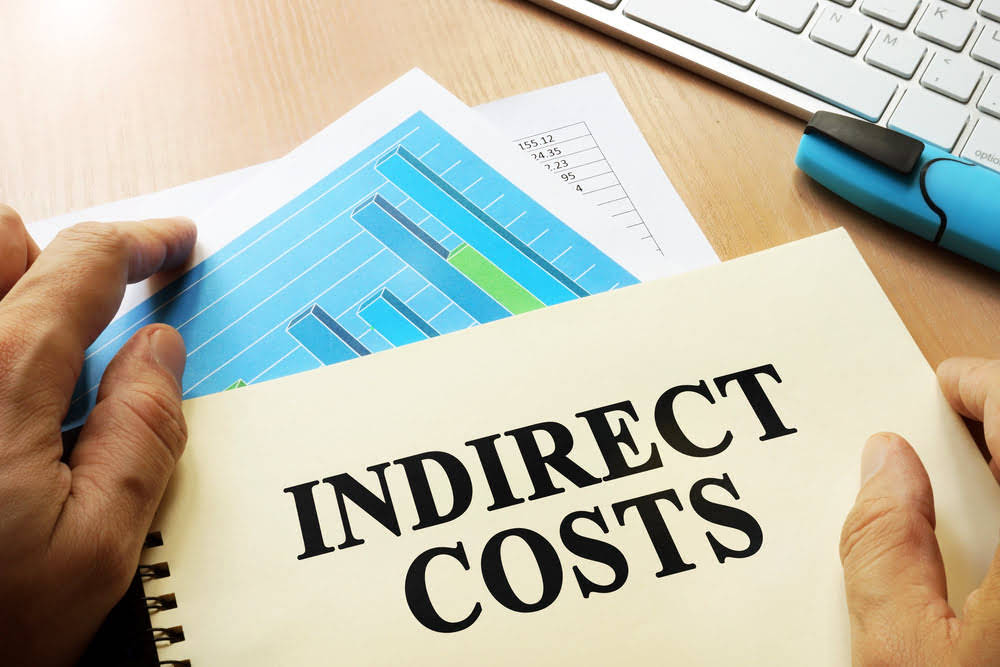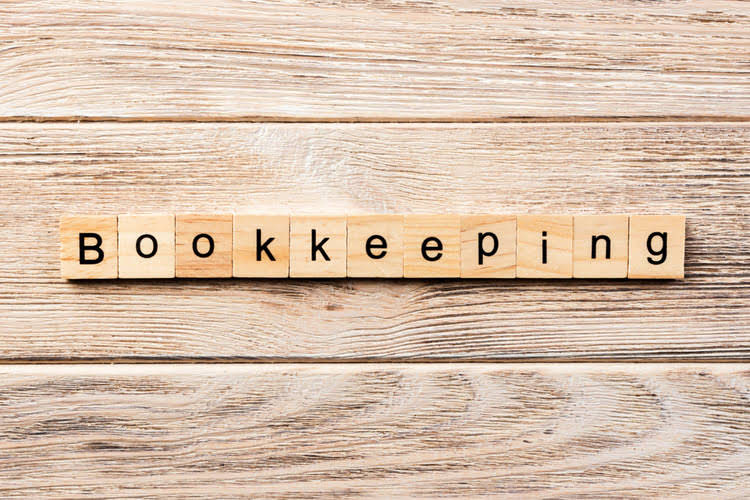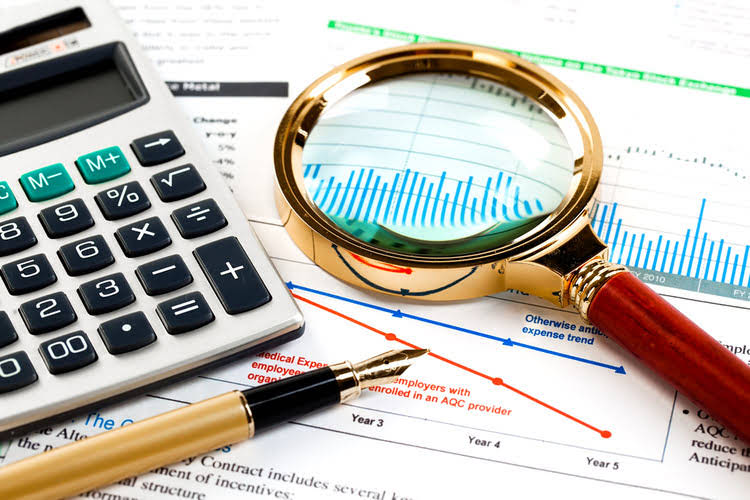What Is A Debt Ratio?
Content

A negative debt to equity ratio occurs when a company has interest rates on its debts that are greater than the return on investment. Negative debt to equity ratio can also be a result of a company that has a negative net worth. Companies that experience a negative debt to equity ratio may be seen as risky to analysts, lenders, and investors because this debt is a sign of financial instability. A high debt to equity ratio indicates a business uses debt to finance its growth. Companies that invest large amounts of money in assets and operations often have a higher debt to equity ratio.
On the other hand, the company with a 0.25 debt ratio has assets available that it can sell to cover its debt payments if it can’t produce enough revenue. Net Working Capital Ratio – A firm’s current assets less its current liabilities divided by its total assets. It shows the amount of additional funds available for financing operations in relationship to the size of the business. The Debt-To-Asset ratio is a measure of Solvency and is determined based on information derived from a business’ or farm operations balance sheet. The term Solvency refers to the ability of a farm or business to pay all of its debt if it were to have to immediately sell the business or farming operation. The Debt-To-Asset ratio specifically measures the amount of debt the business or farm has when compared to the total assets owned by the business or farm. Firstly, the total debt of a company is computed by adding all the short term debts and long term debts that can be gathered from the liability side of the balance sheet.
What Is The Debt
If the company has already leveraged all of its assets and can barely meet its monthly payments as it is, the lender probably won’t extend any additional credit. From the example above, Sears is shown to have a much higher degree of leverage than Disney and Chipotle and, therefore, a lower degree of financial flexibility. With more than $13 billion in total debt, it is easy to understand why Sears was forced to declare Chapter 11 bankruptcy in October 2018.
- For public companies, you can find the total liabilities and total assets in the company’s balance sheet.
- EBITDA ignores changes in Working Capital , capital expenditures , taxes, and interest.
- It should be noted that the total debt measure does not include short-term liabilities such as accounts payable and long-term liabilities such as capital leases and pension plan obligations.
- You may struggle to borrow money if your ratio percentage starts creeping towards 60 percent.
- I will put up a screenshot of the company’s balance sheet and highlight the inputs for our ratio.
Businesses with good debt to equity ratios are those that fall within the standard range for their industries. These companies are likely in a period of positive growth supported by balanced financing from both debt lenders and equity shareholders. The debt ratio is higher than the long-term debt ratio unless the company has no short-term debts in its balance sheet. Another fictitious company has a debt ratio of 0.30, which may be considered low.
Bankrate.com does not include all companies or all available products. She adds together the value of her inventory, cash, accounts receivable, and the result is $26,000. Effectively managing the company’s inventory ensures no money goes to waste. Make sure you don’t have high inventory levels that go beyond what’s required to fill orders. To increase your company’s profitability, work to improve sales revenue and lower costs.
Business Ideas
Sometimes referred to simply as a debt ratio, it is calculated by dividing a company’s total debt by its total assets. Average ratios vary by business type and whether a ratio is “good” or not depends on the context in which it is analyzed.

Gather this information before beginning work on figuring out your debt to asset ratio. Once you have these figures calculating through the rest of the equation is a breeze. Alternatively, a low debt to asset ratio indicates that the company is in strong financial standing because they have fewer liabilities and more total assets. This presents many positive aspects for the business, such as being perceived as less risky by lenders.
Free Financial Statements Cheat Sheet
In general, the asset to debt ratio is a measure of a company’s financial risk. That is, it measures how much of a company’s debts could be paid off by selling its assets in case of liquidation.
Debt Ratio Definition – Investopedia
Debt Ratio Definition.
Posted: Sat, 25 Mar 2017 21:56:57 GMT [source]
The debt ratio indicates what portion of the assets are not fully owned by the shareholders and could be claimed by lenders. The firms HL and LL are identical except for their leverage ratios and interest rates they pay on debt. Each has $20 million in assets, earned $4 million of EBIT, and is in the 40 percent federal-plus-state tax bracket. Firm HL, however, has a debt to equity ratio of 1.2 and pays 10 percent interest on its debt, whereas LL has debt to equity ratio of 0.7 and pays only 8 percent interest on its debt. This depicts that the company’s liabilities is only 40% compared to the company’s stockholders. This indicates that the company is taking little debt and thus has low risk.
Debt To Asset Ratio: Important For Businesses
He adds the accounts receivable, inventory, and relevant investments. Lower debt to asset ratios suggests a business is in good financial standing and likely won’t be in danger of default. After calculating your debt to asset ratio, it’s used to better understand your company and where it stands financially. Understanding the result of the equation is done by examining it for being high or low. Business owners can use the debt to asset ratio to evaluate their own organization’s finances. It is a powerful tool for emerging companies because it allows them to track their progress and growth over time using a reliable form of measurement. A business with a high debt to asset ratio is one that could soon be at risk of defaulting.
For lenders and investors, a high ratio means a riskier investment because the business might not be able to produce enough money to repay its debts. With a debt to equity ratio of 1.2, investing is less risky for the lenders because the business is not highly leveraged — meaning it isn’t primarily financed with debt. A simple example of the debt ratio formula would be a company who has total assets of $3 million and total liabilities of $2.5 million. The total liabilities of $2.5 million would be divided by the total assets of $3 million which gives a debt ratio of .8333. All accounting ratios are designed to provide insight into your company’s financial performance.
What Is A Good Debt Ratio?
Times interest earned , or interest coverage ratio, is a measure of a company’s ability to honor its debt payments. It may be calculated as either EBIT or EBITDA, divided by the total interest payable. The debt to asset ratio is another good way of analyzing the debt financing of a company, and generally, the lower, the better.
How do you calculate optimal debt ratio?
The optimal debt ratio is determined by the same proportion of liabilities and equity as a debt-to-equity ratio. If the ratio is less than 0.5, most of the company’s assets are financed through equity. If the ratio is greater than 0.5, most of the company’s assets are financed through debt.
He writes this number at the top of the asset to debt ratio equation. This ratio indicates that the company’s assets are financed by creditors or a loan, while 62% of the company’s asset costs are provided by the owners of the business.
Debt is an amount owed for funds borrowed from a bank or private lender. The lender agrees to lend funds to the borrower upon a promise by the borrower to pay back the money as well as interest on the debt — the interest is usually paid at regular intervals.

Total-debt-to-total-assets is a leverage ratio that defines the total amount of debt relative to assets owned by a company. Using this metric, analysts can compare one company’s leverage with that of other companies in the same industry. The higher the ratio, the higher the degree of leverage and, consequently, the higher the risk of investing how to find debt to asset ratio in that company. Debt to equity ratio is calculated by using debt as the numerator and capital and reserves as the denominator. It is a measure of corporate leverage the extent to which activities are financed out of own funds. Long-term D/E is calculated by comparing the company’s total debt, including short and long-term obligations.
If it is less than 0.5, the company’s ratio is strong, because the company is easily able to service their debts if they have to. If the ratio is large, like over 0.5 or especially over 1, more of the expenses are being paid by borrowed money, which might indicate less stability. Being highly leveraged means your company is using a high amount of debt in the form of loans and other investments to finance company operations. The higher a company is leveraged, the riskier the operation is viewed. A lower-leveraged company means even though your business carries debt, it has enough assets to operate profitably. If you’re not using double-entry accounting, you will not be able to calculate a debt-to-asset ratio.
As always, thank you for taking the time to read today’s post, and I hope you find some value in your investing journey. If I can be of any further assistance, please don’t hesitate to reach out. The debt to Asset Ratio formula is very important to assess the Financial Risk of a Company. Let’s take an example to understand the calculation of the Debt to Asset Ratio formula in a better manner.

We all know that the amount of current liabilities fluctuate in a year. This is true when looking at single items in the whole category but a fixed portion of current liabilities always stays on the balance sheet. The difference between debt to equity and the debt ratio is that the debt to equity ratio doesn’t involve total assets. The debt to equity ratioinstead calculates a company’s debt compared to its shareholder’s equity. This helps illustrate what percentage of the company is owed to creditors versus owned by shareholders.
In other words, it is the expected compound annual rate of return that will be earned on a project or investment. We have developed a Debt Equity Ratio Calculator for instantly calculating the ratio by plugging in the required figures in the formula. To determine the Debt-To-Asset ratio you divide the Total Liabilities by the Total Assets. By using the above-calculated values, we will do the calculation of Debt to Asset for the Year 2017 and Year 2018. Nevertheless, this particular financial comparison represents a global measurement that aims to assess a company as a whole. To put this into practice, let’s look at a few companies from unrelated industries to get an idea of how the ratio works. There is no single Debt to Asset Ratio which is considered to be optimal.
If an organization has a debt to asset ratio of 0.973, 97.3% of it is covered on borrowed dollars. The only math you’ll need to do is a bit of division, but you first need to figure out what numbers to plug into the equation.
A good debt-to-equity ratio is generally below 2.0 for most companies and industries. Some sectors prefer lower than 1.0 to remain in good standing with creditors and shareholders. If, for instance, your company has a debt-to-asset ratio of 0.55, it means some form of debt has supplied 55% of every dollar of your company’s assets.
Author: Craig W. Smalley, E.A.
